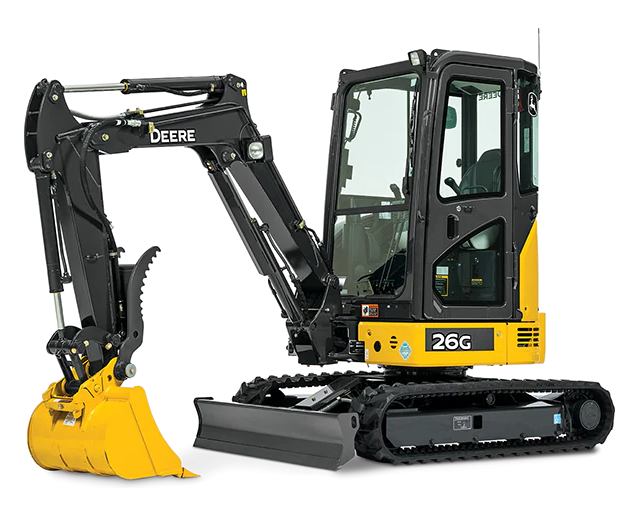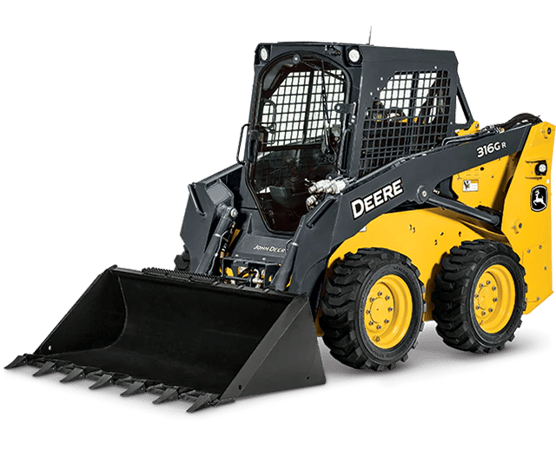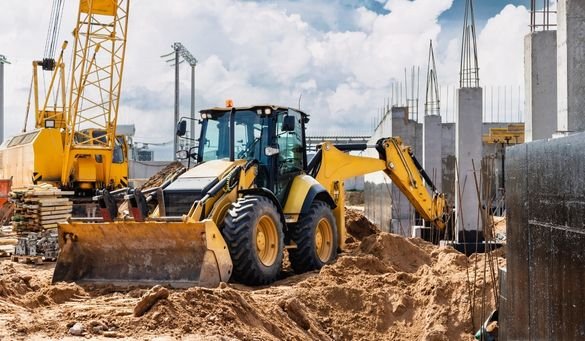Optimize Your Budget by Comprehending the Prices Related To Building And Construction Devices Leasings
Recognizing the complete extent of costs linked with construction devices leasings is important for maximizing your spending plan. What approaches can be employed to efficiently manage these costs and make sure a much more efficient rental experience?
Introduction of Rental Prices
When thinking about building devices services, recognizing the associated costs is paramount for reliable budgeting and job planning. Rental costs can differ significantly based upon a number of variables, consisting of tools type, period of leasing, and place. The initial rental charge typically reflects the devices's market need and its connected functional abilities, influencing the general expense.
In enhancement to the base rental rate, secondary costs may arise, such as transportation costs, gas surcharges, and upkeep fees. It is necessary to represent these extra expenditures to precisely examine the complete cost of leasing tools. Additionally, the rental period can impact prices; longer rentals might get discounted rates, while short-term leasings might incur higher everyday charges.

Breakdown of Rental Prices
A detailed understanding of rental prices is essential for service providers and project supervisors intending to maximize their spending plans. Rental prices for construction tools usually include a number of components, consisting of base rates, time-based fees, and usage charges.
Base prices are the core costs connected with the service of the equipment, usually established by the kind and size of the machinery. These prices can vary considerably, affected by factors such as tools need, schedule, and local market trends. Time-based charges, which may be daily, weekly, or monthly, offer to fit different project timelines and rental durations.
In addition, rental prices may consist of usage costs, which apply when devices is used past a specified threshold, making certain that the rental business can represent wear and tear. Seasonal need fluctuations can additionally affect rental prices, with peak building and construction periods usually regulating greater costs.
Additionally, recognizing the rental firm's plans concerning upkeep and insurance coverage can provide more understanding right into the overall expense framework. By examining these parts, professionals can make educated decisions, guaranteeing the selection of rental devices lines up with both task requirements and budget plan constraints.
Additional Charges to Think About
Comprehending the details of added charges is critical for contractors to handle their general service costs efficiently. Past the typical rental prices, numerous supplemental fees can significantly influence the total price of devices leasing. These fees typically include distribution and pickup costs, which can vary based on range and logistics associated with carrying the equipment to and from the job site.
Additionally, some rental business may enforce gas surcharges if the devices is returned with less gas than when leased. It is additionally necessary to recognize potential cleansing fees, especially for specific devices that official site needs extensive maintenance after use.

Thoroughly reviewing the rental agreement and making clear these extra fees upfront can aid contractors stay clear of unexpected prices and make sure that budgets continue to be undamaged throughout the job lifecycle.
Repair And Maintenance Costs
Regular repair and maintenance expenses are typically forgotten variables that can significantly influence the total price of building and construction tools leasings. When renting out tools, it is critical to think about not just the rental costs yet likewise the possible expenses connected with keeping the machinery in optimal operating condition.
Lots of rental business consist of basic upkeep as component of the rental agreement; nevertheless, visit this page extra unexpected break downs or comprehensive repair services can cause extra expenses. It's necessary to examine the rental contract meticulously to comprehend what upkeep services are covered and what obligations drop on the tenant.
In addition, devices that is not properly maintained can lead to ineffectiveness on the work site, potentially causing hold-ups and enhancing job expenses. To reduce these dangers, it is suggested to perform normal assessments and maintain open interaction with the rental service provider pertaining to any kind of problems that occur during use.
Insurance Policy and Responsibility Costs
Insurance policy and responsibility prices are essential elements that can considerably affect the general expenditure of building and construction equipment services (dozer rental). These expenses make sure that both the rental company and the client are secured from prospective financial losses occurring from mishaps, damage, or burglary during the rental duration

Additionally, customers should be aware of any deductibles or exemptions in the insurance plan, as these can affect prospective out-of-pocket expenditures. Comprehending the terms of any insurance protection is crucial to avoid unexpected prices. Eventually, budgeting for insurance and responsibility expenditures can aid ensure a smoother rental experience and safeguard against monetary risks associated with building and construction projects.
Final Thought
Finally, an extensive understanding of the costs related to building and construction tools services is vital for reliable budget management. By analyzing rental rates, additional charges, upkeep costs, and insurance needs, organizations and individuals can minimize unforeseen expenses. This strategic strategy not only boosts cost-effectiveness yet also ensures that tasks advance smoothly and successfully. Ultimately, informed decision-making pertaining to devices leasings adds to the total success of building endeavors.
Rental prices can differ significantly based on a number of elements, consisting of equipment kind, period of leasing, and place (dozer rental). The rental duration can influence prices; longer services might certify for reduced prices, while temporary services may sustain higher everyday fees
By conducting complete study and engaging with respectable rental firms, professionals can read the article effectively navigate the complexities of rental prices, ultimately maximizing their financial sources.
Beyond the conventional rental rates, various supplementary costs can considerably influence the overall price of equipment service. Rental companies often offer obligation insurance policy that covers injuries to third parties or damage to home, while equipment damage insurance policy can cover the expense of fixings or substitute if the rented tools is harmed.